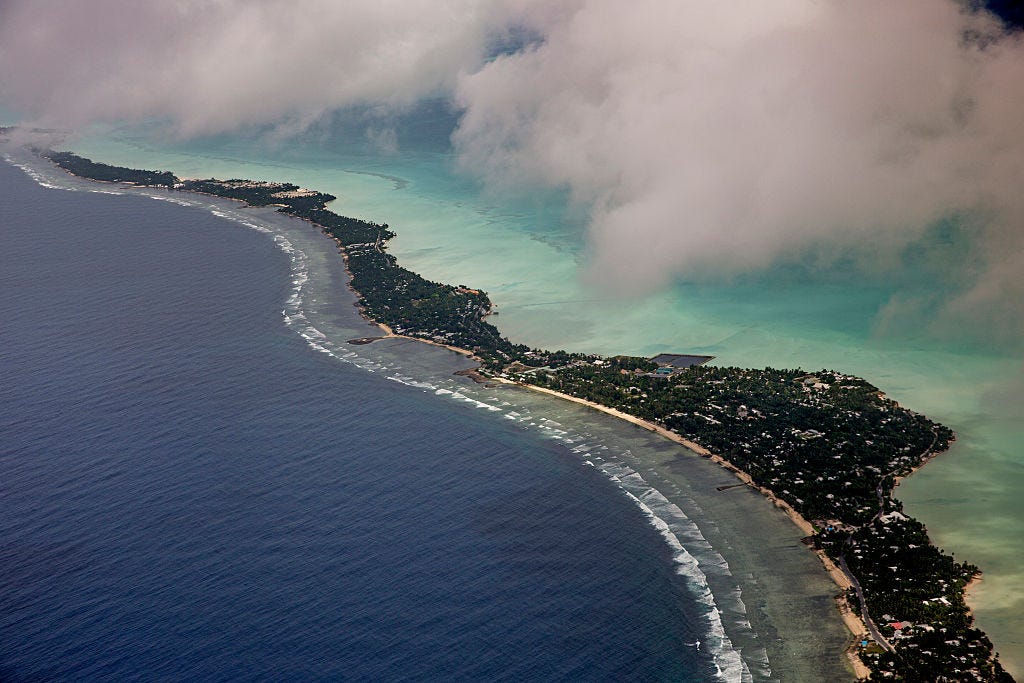US, Australia and Japan stump up for subsea cable between Nauru, Kiribati and Federated States of Micronesia

Tarawa, Kiribati
Image: Jonas Gratzer/LightRocket via Getty ImagesThe United States, Australia, and Japan have said they will provide funding for a new subsea cable to connect the Pacific island nations of Nauru, Kiribati, and Federated States of Micronesia (FSM).
The new cable will connect the island containing the capital of Kiribati with Nauru and the island of Kosrae in FSM, before connecting with the Hantru-1 cable at the island of Pohnpei in FSM.
A joint statement between the six nations said the cable would provide better connectivity to 100,000 people across the three Pacific nations.
“We will continue to coordinate closely with the World Bank and the Asian Development Bank to ensure this project complements investments by these institutions to enhance digital connectivity in FSM, Kiribati, and Nauru,” the statement said.
See also: Blaming China is handy when trying to keep telco infrastructure away from Beijing
Reuters has been reporting for the past year that the US has been warning Pacific nations about the risk of using Huawei equipment, with the previous process scuppered to avoid the former Huawei Marine Networks picking up the contract for the new cable.
In 2018, Australia used around AU$200 million of its foreign aid budget to lock Huawei out of building a subsea cable to the Solomon Islands and Papua New Guinea.
More recently, the Australian government ponied up AU$1.33 billion of the AU$1.6 billion cost for Australia’s biggest telco, Telstra, to take control of Digicel Pacific
Digicel Pacific has 2.5 million customers and 1,700 employees, with $431 million in service revenue for the year to March 31, the majority of which location-wise comes from Papua New Guinea, with prepaid mobile being its best selling product.
At the time, Telstra said the Commonwealth made the initial approach.
Related Coverage
READ MORE HERE
